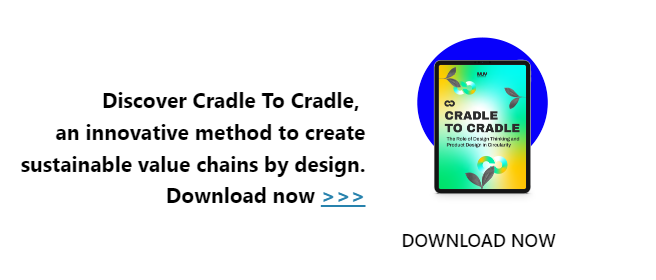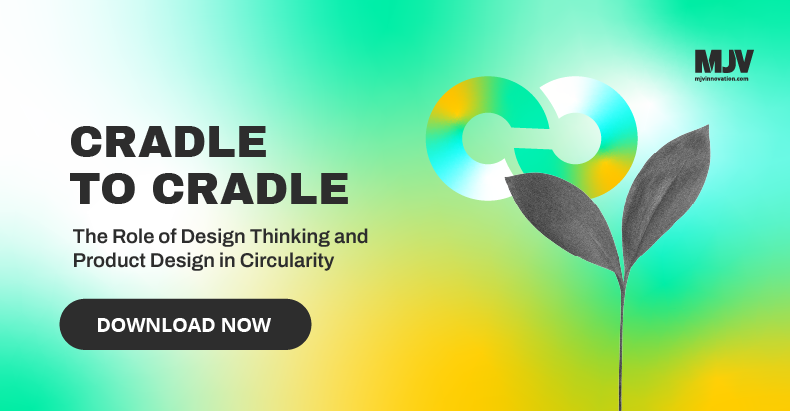Circular Economy: understanding the urgency of this topic
According to the most recent Report on the Emission Gaps of the United Nations Environment Program (UNEP), the world is close to the point of no return for climate catastrophes.
Among other villains in this story, environmental degradation and the improper disposal of materials, such as plastic, are ever-present.
Studies published in the scientific journal Environmental International found that plastic fragments were found even in the human placenta . The results are still preliminary, but the suspicion is that these microfragments are harmful to the constitution of the immune system of babies.
Humanity is running out of time. The planet is calling for help. And the circular economy can be a valuable ally in this process of exiting the route towards climate cataclysm.
Read until the end to understand what the circular economy is and the importance of this topic, another installment in our series on Corporate Sustainability.
What is the Circular Economy?
The circular economy is a paradigm shift.
The concept proposes a modification in relation to the way in which the traditional economy is organized from end to end. This involves changes in production processes, in the logic of consumption, in the life cycle of products, in addition to advances in guidelines such as recycling, reuse and other Rs for sustainability.
The circular economy aims to reduce the impact of human intervention on ecosystems as much as possible. Its central pillar is respect for the renewal time of the planet’s natural cycles, a living organism that self-regulates.
And there is a reason for using the term “natural cycles”. The circular economy, as its name suggests, is organized around cyclical movements that precisely emulate this flow of ecosystem renewal, in which everything that is not used decomposes and returns to the environment in the form of energy.
Why did this theme become important?
Humanity’s effect on the environment is so real, we can feel it with our own skin.
Who doesn’t remember the recent heat waves in Europe, which affected thousands of people? And the most recent and unexpected snowstorm in arid Texas (USA), which left families unattended due to the completely unprecedented nature of the disaster?
Situations like these are becoming more and more frequent and unpredictable, thus presenting incalculable risks. These are just a few examples linked to an increase in the average temperature of the planet.
That said, we can affirm that ultimately, modifying a production system that does not sustain itself in the long run and even degrades resources essential to the functioning of society as we know it, is a matter of survival!
This has become increasingly important to the global agenda. Every day, there are fewer resources on the planet. In addition to the problems arising from predatory extraction, the possibility of contamination to ecosystems must be highlighted due to disrespect for natural renewal cycles and improper disposal. These residues can pollute water sources, negatively affecting fauna and rendering the soil unrecoverable.
Another argument that is not so perceptible at first glance, but that companies feel in their pockets, is that, with less resources available, there are increasingly higher costs of extracting raw materials. Finally, the ESG boom, with investment funds backed by aspects that take into account the environment, society and corporate governance, puts financial pressure on organizations to promote actions in accordance with new market ethics. A more sustainable ethics – in every way.
But how does one effectively implement the circular economy?
How to implement a circular economy?
Implementing a circular model is always a paradigm shift. And, despite the number of companies’ increasing adherence to elements that corroborate the circular economy, the linear model is widely consolidated, mainly in underdeveloped places.
What has happened so far is a good start, but it is not enough – we cannot afford to get this wrong. An organization’s commitment to environmental issues must be assessed to the extent that it reflects internal structural changes .
But, how can countries accelerate the adoption of the circular economy? According to some arguments, they can do this by redirecting bureaucracy to the right place. That’s right. According to experts, it is necessary to create a system that corrects the current dynamics – incentivizing the circular economy and adding barriers to linear logic.
For this, a commitment is needed between the public and private sectors to develop solutions that range from the transition of energy matrices, to actions that encourage a sustainable economy, both individually and collectively.
Circular economy vs. Linear economy
The linear economy is a type of economic structure in which growth in production depends on a closed process. It is ultra-dependent on finite resources, as well as the constant use of new raw material.
The account, of course, does not close: most of the production chains are anchored in this system. And as these (non-renewable) natural resources are depleted, the imminence of the collapse of this linearity is realized.
In this type of process, there is a flow similar to this:
Extraction >> Processing >> Transformation >> Consumption >> Disposal
At its core, the linear economy is anchored in an outdated logic. This means that in order for organizations to continue profiting from their productive models, it is necessary to keep consumption on track. And therefore, disposal levels will also continue.
To get a sense of this, according to the philanthropic entity Tides Foundation, 90% of everything that is consumed in the United States turns into garbage in up to 6 months. This system is obviously unsustainable.
Regarding disposal, the situation is even more delicate, after all, numbers warn that recycling is not enough to reduce the so-called environmental footprint. In addition, recycling does not happen at full steam (here and in the world): according to a BBC report, most Brazilians donot even understand how selective garbage collection works .
Furthermore, the linear model has dominated the production chains over the last century and is closely associated with environmental / climatic problems that we experience today.
Does this scenario look bad? Well the good news is that this is exactly the scenario that the circular economy works to change. It does this by means of inverting linear and finite logic, for a cyclical dynamic, in which a good part (or ideally all) of what is produced of substrate at the end of the line, is done so efficiently and sustainably.
Circular economy: re-thinking progress
The title of this conclusion was inspired by a very educational animation about circular economics, produced by the Ellen MacArthur Foundation, a charity based in the United Kingdom. The foundation is known for its prominent role in sustainable agendas, for example, the organization of the Circular Economy Hundred (CE100), which disseminates and supports actions of social and environmental return with the largest companies in the world.
The circular economy goes beyond individual changes: the model proposes a reflection on the current model and a systemic restructuring. More than that, it proposes the abandonment of a model that is proven to be unsustainable so that natural resources may be preserved, as a way of guaranteeing a future of abundance.
To the most skeptical, the circular economy may seem somewhat romantic, or even excessive. If you think that way, rethink. Inger Andersen, director of UNEP, believes that 2021 may be our last opportunity to organize a global effort in defense of the climate.
That is, this change needs to start now .
Sustainability is on the rise, and it needs to be. In addition to the Circular Economy, our series includes topics such ESG, Zero Waste Economy, Sustainable Development Goals, Green IT, and Eco-Innovation Check them out!
If you want to get in-depth on circular economy, don’t you forget to download our compreheensive ebook on Cradle to Cradle, a method to create more sustainable and regenerative product value chains through circularity since day one. Learn more >>>
Back

